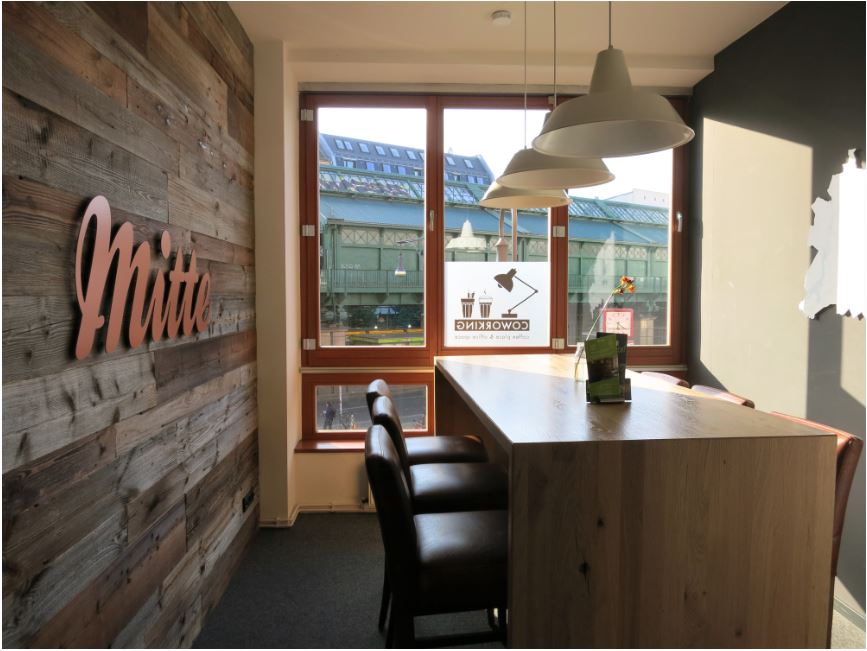Teach the Rainbow: LGBTeachers on the Importance of Queer Visibility in ELT
To celebrate Pride Month and the Berlin CSD/Pride Parade (which is today, by the way!), ELTABB has asked queer teachers in Berlin for their thoughts on LGBTQIA+ lessons and visibility in the ELT classroom. We hope that this article will open the door to more positive and effective discussions on the matter as well as cultivating more inclusive teaching. Plus, we want our queer members, peers, and colleagues to know that we see you and support you!
 Interviews
Interviews
Name: N/A
Pronouns: she/her, they/them
How do you identify? Bisexual/pansexual/queer
What do you teach? Freelancer at secondary and higher institutions.
Are you publicly out at work?
Partially at one place but not officially at the others.
Do you teach LGBTQ+ lessons in the classroom? If yes, what have you taught? How did your students respond?
Not really. I have adapted a listening comprehension exercise from a report on singular “they” but that’s really about it.
Have you experienced homophobia/biphobia/transphobia in the classroom? How did you handle it?
I haven’t yet because I try to avoid even having a situation of homophobia, biphobia, or transphobia in the classroom because I have no training in handling these situations effectively. Also, since I’ve dealt with biphobia and bi-erasure in my personal life, I don’t want to put my LGBTQ+ students in any uncomfortable, invalidating, or even threatening situations.
What steps can teachers take to ensure safe queer visibility and representation in the classroom?
That’s a hard one because I have no idea myself. I did read one piece from Tyson Seburn on using LGBTQ+ issues as debate topics, and he claims that doing so could result in “the othering (and potential demonizing) of the LGBTQ+ individual.” After reading that, I have decided to not have students discuss or debate these issues but instead give them the chance to shed light on certain LGBTQ+ subjects by giving informative and factual presentations. So far no one has volunteered, unfortunately.
What problems should be addressed in regard to queer visibility and representation in the classroom?
Too many! For me, the first step is to ensure the acceptance, safety, and security of the queer educator (at least from higher-ups and colleagues). I’m sure there are peers, like me, who are afraid to fully come out because they aren’t sure how their institution, bosses, colleagues, or students may respond.
If queer educators feel safe then I feel that they can also ensure the acceptance, safety, and security of their queer students thus nurturing an inclusive yet educational environment. Moreover, general training on inclusive education is something I personally wish I had and feel that all teachers should have.
Name: Jean
Pronouns: she/her
How do you identify? Queer/lesbian
What do you teach? Mainly general English, occasionally Business. Beginners and upwards.
Are you publicly out at work?
Yes, if the occasion arises. However, in the classroom, this has rarely happened so far, so I prefer to be out by talking about my life and what’s important to me, e.g. going to CSD or other queer events and including people and events in my lessons that give LGBTQ+ people a presence, e.g. talking about Ireland’s openly gay PM, Obama’s law on equal marriage, or the bathroom dilemma for trans people.
But I think my own sexual orientation is less important than what I do with my students. I think it’s OK to be seen as a heterosexual woman who includes LGBTQ+ stuff in her lessons. I think we all have a responsibility to do this regardless of how we identify – just as I think it’s vital to talk about racism as a white woman.
Do you teach LGBTQ+ lessons in the classroom? If yes, what have you taught? How did your students respond?
I have an article on “Pink Money,” i.e. the spending power of LGBTQ+ people, and our contribution to GDP, which I have used in lessons on the economy. I also have a very popular “Pub Quiz” lesson which includes questions like “Which European country has an openly gay Prime Minister?” or “When were the Stonewall riots?”
And I have a wonderful collection of postcards: some of scenes from Pride Marches or same-sex couples holding hands. I use these in many ways, e.g. to engender discussion or to teach a specific language structure (e.g. There is/are).
The overall reactions have been positive. I think that if you present these things with confidence then the straight students enjoy an opportunity to indulge their (secret?) interest and the queer students feel seen.
Have you experienced homophobia/biphobia/transphobia in the classroom? How did you handle it?
Not directly, but if any phobic comments are made in the classroom I try to address them on the spot or turn the issue into a lesson at a later date (e.g. bring an article about a person who has suffered homophobia and have a discussion about it).
What steps can teachers take to ensure safe queer visibility and representation in the classroom?
Present LGBTQ+ people as a part of the landscape as often as possible. Let’s ALL be brave every now and then: perhaps during Pride Month or when something important happens in the world – include it in a lesson!
Furthermore, course books are notoriously LGBTQ+ -blind. How about sending an occasional email to a publisher to demand more inclusion?
Name: N/A
Pronouns: he/him
How do you identify? Bisexual/polysexual
What do you teach? Higher education.
Are you publicly out at work?
Partially.
Do you teach LGBTQ+ lessons in the classroom? If yes, what have you taught? How did your students respond?
Yes, in thematic courses. Not negatively; however, many had little idea about LGBT+ culture.
Have you experienced homophobia/biphobia/transphobia in the classroom? How did you handle it?
Some bisexual erasure/biphobia. I told students about how I personally felt as a bisexual.
What steps can teachers take to ensure safe queer visibility and representation in the classroom?
Be open about their own sexual orientation if possible, plus support LGBT+ students in coming out/being out.
Name: Justin
Pronouns: he/him
How do you identify? Gay
What do you teach? Everything.
Are you publicly out at work?
I’m out in the sense that I don’t hide it.
Do you teach LGBTQ+ lessons in the classroom? If yes, what have you taught? How did your students respond?
In Business English the only time that it has been a dedicated part of the lesson is when we talk about diversity and inclusion. The learners tend to be interested since they know I’m out, and I treat the topic in a professional way. I also get the impression that there’s value-added.
I’ve never had any negative experiences with that topic in the classroom (to my face).
Have you experienced homophobia/biphobia/transphobia in the classroom? How did you handle it?
In my role as a language school owner, we received vague negative feedback about a trainer, which we *suspected* may have been due to sexual orientation but it couldn’t be proved. This unfortunately forced us to replace that trainer with another one and the topic was unable to be directly dealt with (due to the vagueness of the request).
What steps can teachers take to ensure safe queer visibility and representation in the classroom?
It is important that, from the start, all trainers (no matter the orientation) state their pronouns as well as ask the learners for theirs. This sets the tone that you want to be inclusive and respectful. It might spark a conversation and it may be uncomfortable, but we all have to grow in certain ways. It is also a good linguistic link as well as a teaching and learning opportunity.
This article ran previously (however, the message is still fully up-to-date).
Here are some ideas for making your lessons more inclusive:
MaWSIG Panel webinar: Making materials that reflect the realities of marginalised groups



















